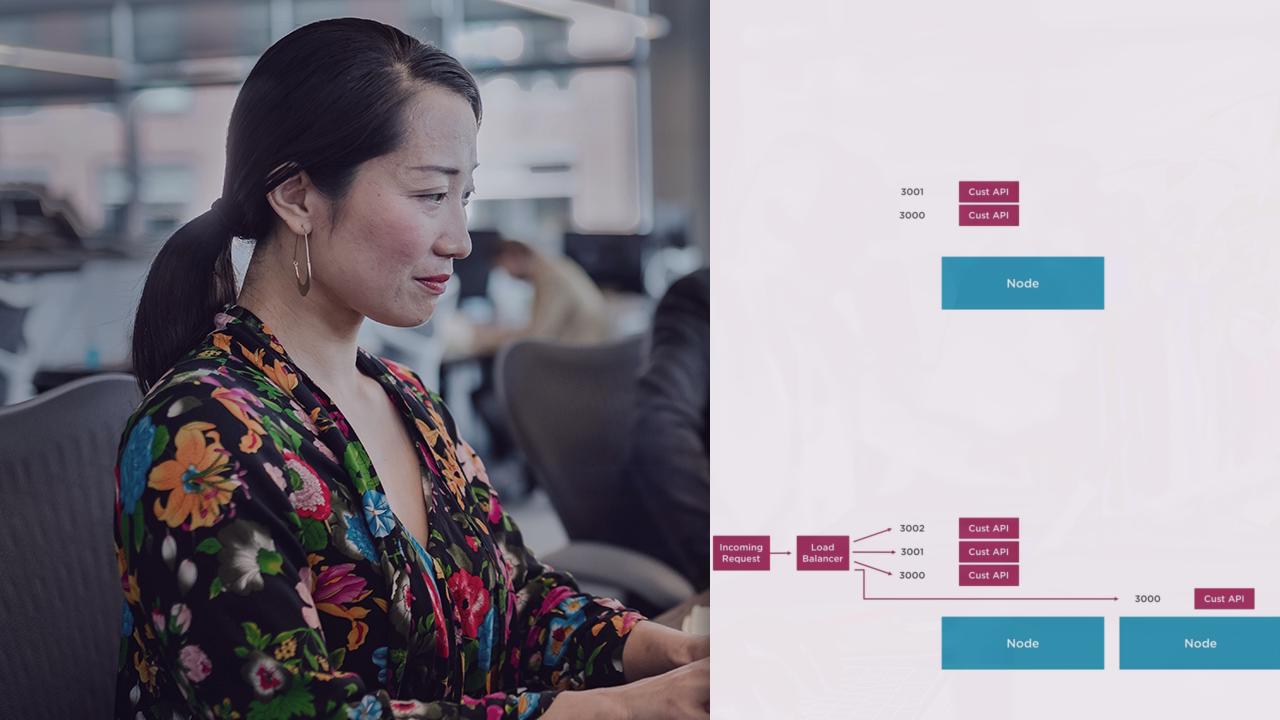- Course
Getting Started with Docker Swarm Mode
What if you could throw containers at a cluster of nodes as easily as a single node? This course will teach how you can control a cluster with all the simplicity of managing a single docker engine thanks to Docker Swarm Mode.

- Course
Getting Started with Docker Swarm Mode
What if you could throw containers at a cluster of nodes as easily as a single node? This course will teach how you can control a cluster with all the simplicity of managing a single docker engine thanks to Docker Swarm Mode.
Get started today
Access this course and other top-rated tech content with one of our business plans.
Try this course for free
Access this course and other top-rated tech content with one of our individual plans.
This course is included in the libraries shown below:
- Core Tech
What you'll learn
The docker engine on a single node revolutionized how we run applications. But in production environments, you need more capacity and reliability than a single node can offer. In this course, Getting Started with Docker Swarm Mode, you'll learn how to control a cluster of nodes as easily as a managing a single node. First, you'll discover how to set up a swarm, add nodes, and launch services that describe containers. Next, you'll explore how to route traffic to the cluster and within the cluster, ensure containers recover from failures. Then, you'll learn how to roll out updates and deploy multi application stacks. Finally, you'll cover how to leverage integrated health checking and protect sensitive information with secrets. By the time you're done with this course, you'll have the knowledge to deploy your own swarm.

